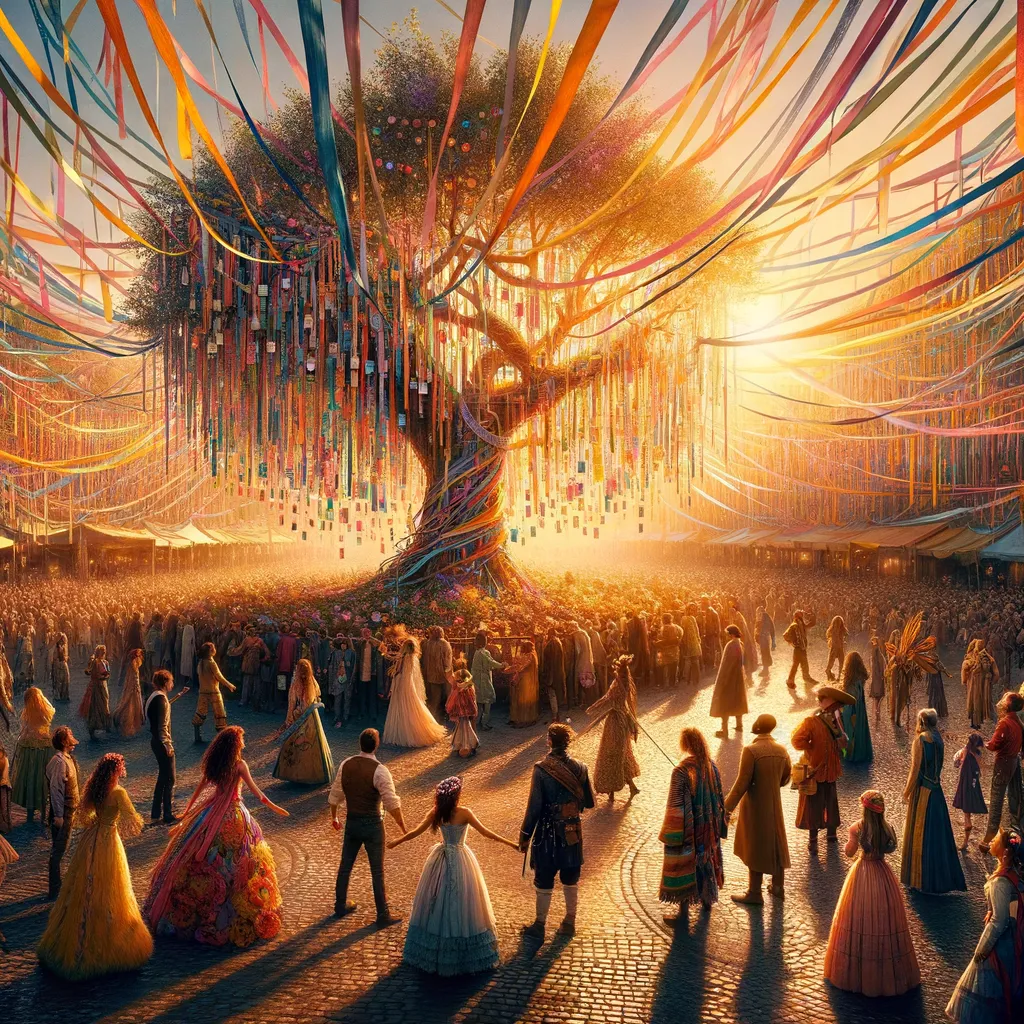Hope Unveiled: A Journey to a Day of Endless Dreams
On a day shimmering with the promise of new beginnings, a community gathers to celebrate an extraordinary holiday dedicated to hope. The streets come alive, adorned with vibrant ribbons symbolizing renewal and possibility, while the heart of the festivities beats around the magnificent “Wishing Tree,” where dreams intertwine like branches reaching for the sky. As laughter fills the air during the annual “Hope Parade,” participants don costumes that reflect their aspirations and fears, turning vulnerability into a kaleidoscope of shared expression. Yet, amidst the joy, a moment of solemn reflection shines through as candles flicker for those whose hopes were unfulfilled, reminding everyone of the delicate balance between dreams and loss. In this tapestry of connection and resilience, hope transforms from a fleeting emotion into a powerful lifeline, inspiring the community to embrace a future where dreams are not just wished for but actively pursued together.
In the memory of January 2, 2002, I find myself standing on the cusp of change, a world freshly dusted with the promise of a new year. The air crackles with unspent energy, the kind that seems to vibrate through the very fabric of life. It is a day when resolutions are made and dreams are spun anew, yet amid this palpable optimism, one emotion stands out: hope. Hope is a delicate thread that weaves through our lives, binding us together in our shared desires for a better future. As I reflect on this day, it becomes clear that a holiday dedicated solely to hope would be both transformative and necessary.
Imagine this celebration, a day when the sun rises to illuminate not just the sky but the hearts of all who partake. Streets would be adorned with ribbons of vibrant colors, each hue representing a different facet of hope—green for renewal, blue for tranquility, and gold for possibility. The festivities would pulse with life, echoing the heartbeat of a community united by a common yearning. Families would gather, sharing stories of dreams realized and aspirations yet to be fulfilled, each tale a spark igniting the flames of inspiration in others.
At the heart of this holiday would be the “Wishing Tree,” an ancient oak adorned with biodegradable tags where people can write their hopes for the future. This tree would stand as a testament to our collective dreams, its branches heavy with the weight of unspoken desires. Every year, the community would come together to read these wishes aloud, a sacred ritual that fosters connection and understanding. The act of sharing would transform individual hopes into a tapestry of collective aspiration, weaving together lives in a way that only the acknowledgment of vulnerability can.
As the day unfolds, there would be an annual “Hope Parade,” a colorful procession where individuals dress as embodiments of their hopes. Some might don wings made of paper, symbolizing the freedom of possibility, while others might wear masks representing the fears they are determined to overcome. The parade would be a vibrant celebration of human spirit, a reminder that beneath our varying exteriors lies a common thread of longing for a brighter tomorrow. In this kaleidoscope of expression, every participant would be both a storyteller and a dreamer.
Of course, there would be food—each dish infused with spices and flavors that evoke warmth and comfort. Imagine sharing a meal where each bite represents a piece of hope: a spicy stew for the passion to pursue one’s dreams, sweet pastries symbolizing the joy that comes from achieving small victories. As families gather around tables, laughter would mingle with conversation, creating an atmosphere thick with camaraderie and understanding. Each morsel would nourish not just the body but the spirit, reminding us that hope is as essential as sustenance.
Yet, in the midst of this joyous celebration, there would also be a moment of solemn reflection. As twilight descends, candles would be lit in memory of those whose hopes were cut short, a poignant reminder of the fragility of life. This moment would serve as a bridge between the past and the present, a recognition that while hope can be a guiding light, it can also be a source of deep sorrow. The flickering flames would symbolize resilience, illuminating the darkness and reaffirming our commitment to carry forward the legacies of those we have lost.
As the night deepens, the community would gather for storytelling, sharing tales of triumph and resilience. Each story would be a thread in the fabric of hope, showing how obstacles can be transformed into stepping stones. These narratives would inspire listeners to reflect on their own journeys, encouraging them to embrace their vulnerabilities and to voice their dreams. In this sacred space, hope would not merely be an abstract concept; it would become a lived experience, a shared understanding that binds us together.
What makes this holiday matter so deeply is that hope is not just a fleeting emotion; it is a lifeline. It offers us a reason to rise each morning, to believe that tomorrow can be brighter than today. In a world often overshadowed by despair, the celebration of hope becomes an act of defiance, a declaration that no matter the circumstances, we will continue to dream. It is this defiance that fuels the human spirit, allowing us to transcend our limitations and strive for a better existence.
As January 2, 2002, fades into the annals of memory, I am left pondering: what would the world look like if we dared to embrace hope as a daily practice rather than a distant dream? Would we be more compassionate, more connected, more alive? In this question lies the essence of what it means to hope—not just for ourselves, but for one another.
Hope weaves through the fabric of life, transforming individual dreams into a vibrant tapestry of collective aspiration, reminding us that in every shared desire lies the power to illuminate even the darkest paths.



